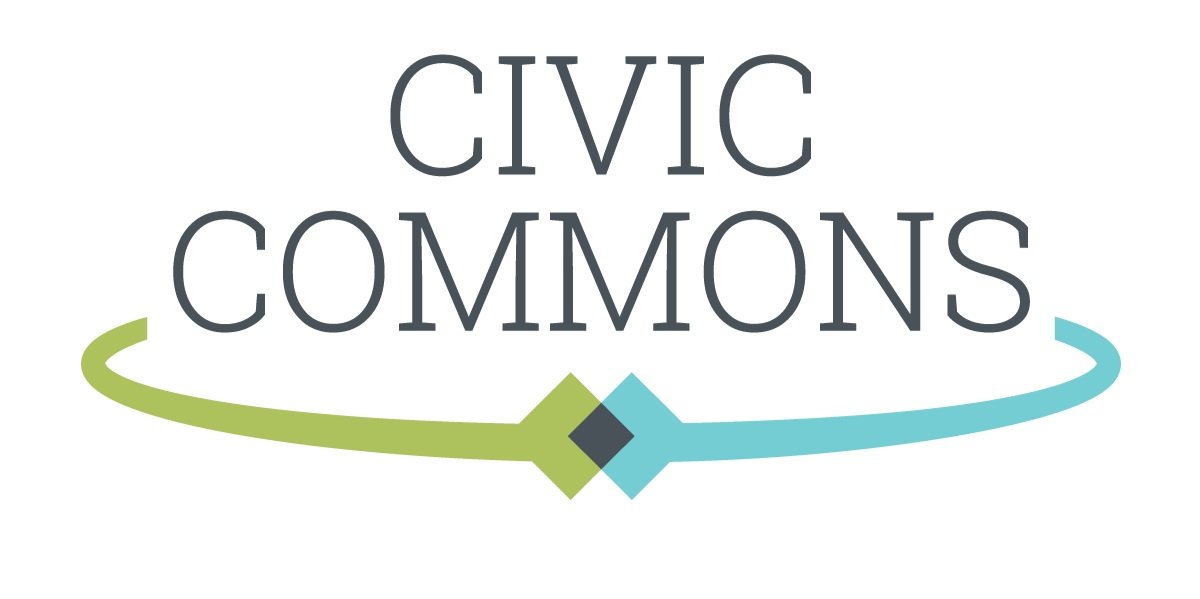Community as an Antidote to Loneliness
By Frank Nam, We Belong Here Project Director
I was listening to Krista Tippett's fantastic podcast, On Being, recently. On this episode, she had the United States Surgeon General Dr. Vivek Murthy on the program. In his conversation, he brings up the sense of anxiety that is pervasive across the country and delves into the different causes. He names four reasons:
1. The extraordinary pace of change that we are living through
2. The often profoundly negative information environment we're surrounded by
3. How our ability to dialogue with one another is broken
4. Loneliness and isolation
While all four topics deserve attention, I want to focus on the last one: loneliness and social isolation. Let’s contrast this topic with the practice of Building Community (which is one of the 4 Practices of Belonging found in the Greater Seattle Compact for Belonging).
Dr. Murthy states:
"There are many surveys now which are telling us that more than half of Americans feel lonely and the numbers are greatest among young people, as it turns out. And when people struggle with loneliness, not only is it bad for their mental health, increasing their risk for depression and anxiety, but it also increases their risk for heart disease and premature death and so many other physical illnesses.
So, you put all of this together and what you find is a recipe for despair. And if we want to break this cycle, if we want to actually reclaim lives that are full of joy, that are fulfilling, we have to rebuild, fundamentally, our connection to one another. And that is one of the great challenges that we’ve got to undertake in the years ahead."
If you feel what I'm feeling, please take a moment to clap your hands or snap your fingers or yell out an obscenity of your choice.
People tend to throw out the word "community" without much thought. I know I've done this during my time as a coach at Franklin High School and as a supervisor in the Seattle Department of Neighborhoods. Community building. Community voice. Community councils.
"Let's listen to the community."
"We have to make sure community is at the table."
"This has to be community driven."
But what exactly is community? How do you define it?
What if we defined community as a state where no one is severely impacted by loneliness or social isolation? This would mean a place — be it in your neighborhood or online — of Belonging. A place where the collective group can amplify joys and heal one another's pain.
Dr. Murthy believes that "... we need to be a nation that is kind, where people take care of one another, where people step up for one another because they can and because they know that we are all better off when we are all, in fact, better off. And I want us to be a nation where people are generous with one another, where they recognize that there are times all of us are going to be in need, where all of us may stumble and fall, but we have to help each other up."
That sounds like the kind of community I want to be in. How can I make it happen? How can you make it happen? It all starts with the connection between two people.
Luckily for us, Dr. Murthy has four strategies to work towards this goal:
Spend 15 minutes a day connecting with someone you care about. You will be surprised at how hungry your friends are for human connection!
Give people your full attention when you talk to them. Some call it active listening; others calling it being curious. Don't fiddle with your phone or check your smart watch for updates.
Find opportunities to serve others. This is another practice found in the Compact for Belonging — advocacy! I remember a poster in the church I attended kitty-corner from Madison Square Garden in New York City. It said, "Loneliness is seldom a problem for those who are busy helping others."
Find moments of quiet solitude. This may seem oxymoronic, but it's also another one of our 4 Practices: Personal Growth. Find moments to be grateful for. Think about your own journey. Reflect on those who have impacted your life.
Which strategy strikes you the most? Which one do you want to try next? Feel free to share your insights with me at franknam@gagyoconsulting.com.

